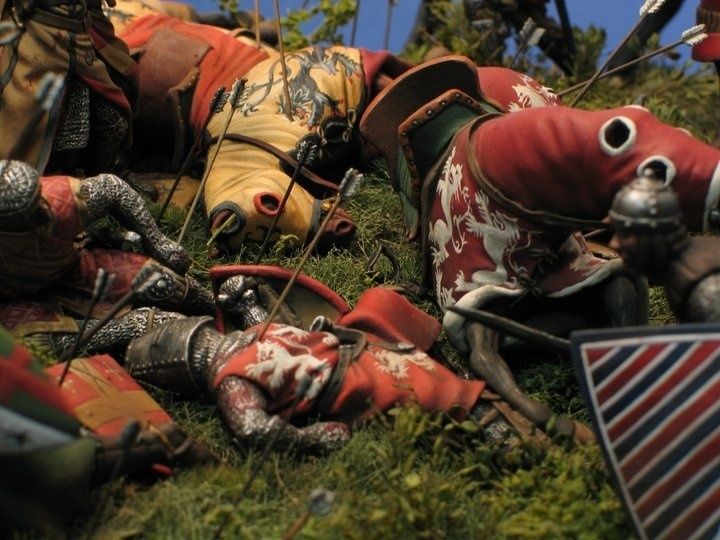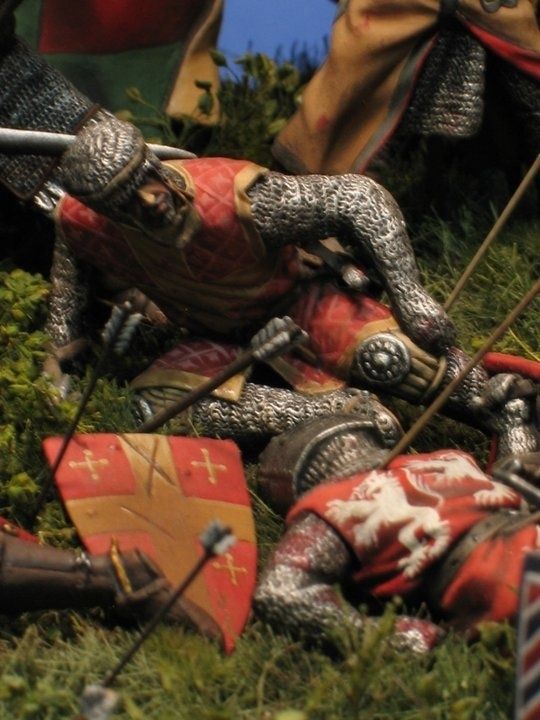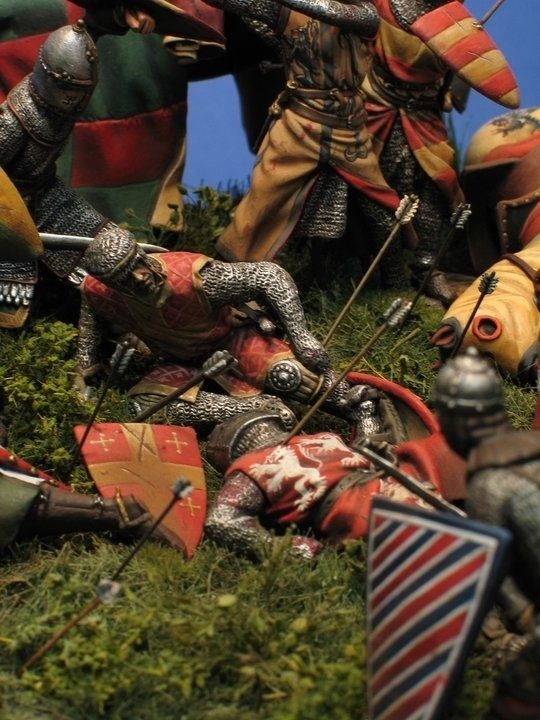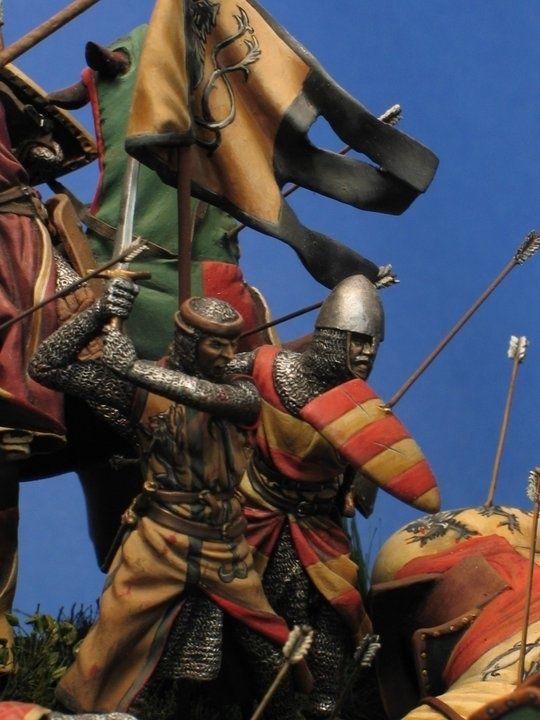



The exact location remains unclear. It has been called also Battle of Kastoria[3][4] because the three Byzantine sources (Pachymeres, George Akropolites, Gregoras) informs us that the Epirotic camp was firstly attacked there[5] in a location called Boril's Wood (Βορίλλα λόγγος).[6] However since the warfare includes also a siege of Prilep it is justifiably called battle of Pelagonia.
Nicaean emperor Theodore II Laskaris died in 1258 and was succeeded by the young John IV Laskaris, under the regency of Michael VIII Palaiologos, who was determined to restore the Byzantine Empire and recapture all of the territory it held before the Fourth Crusade. In 1259, William II Villehardouin married Anna Komnena Doukaina (also known as Agnes), daughter of Michael II of Epirus, cementing an alliance between the Despotate of Epirus and Achaea against Nicaea. They also allied with Manfred of Sicily who sent them 400 knights.[7]
In 1259, the Nicaeans invaded Thessaly and in September the Achaean and Epirote army marched north to meet them.




Michael Volquarts
super diorama george.
D@nny _
Great work!!
Oliver Posvek (Colouristo)
Very dynamic scene, super!
KonstantinPinaev
Great - can you give link on the rest of photos?
John Margiotta "BloodASmedium"PLUS
Ex cell ent gold all the way to thebank.